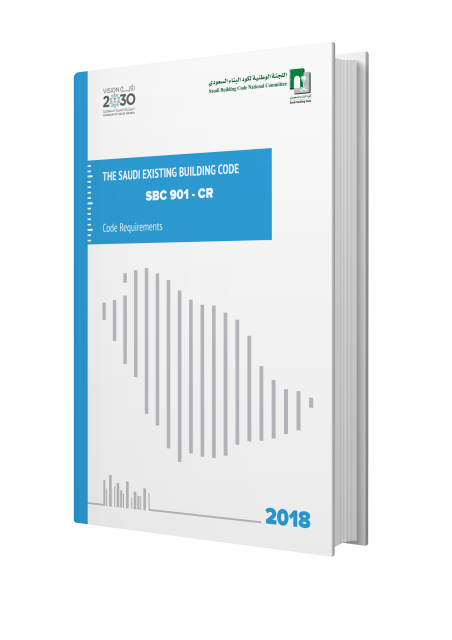The terms “SBC” and “UBC” often appear interchangeably, leading to confusion among individuals seeking information about these crucial building codes. While both abbreviations represent sets of regulations governing construction practices, they differ in their origin, scope, and application. Understanding the distinction between SBC and UBC is essential for ensuring the safety and integrity of buildings.
Delving into the Origins of SBC and UBC
Standard Building Code (SBC)

The Standard Building Code, also known as the SBC, was developed by the Southern Building Code Congress International (SBCCI), one of the three major model code organizations in the United States. The SBC was primarily used in the southern states, providing a set of standards for building construction that reflected the specific needs and conditions of that region.
Uniform Building Code (UBC)

The Uniform Building Code, also known as the UBC, was developed by the International Conference of Building Officials (ICBO), another of the three major model code organizations in the United States. The UBC was primarily used in the Midwest and western states, providing a comprehensive set of building codes that addressed a wide range of construction practices.
Navigating the Scope and Application of SBC and UBC
The SBC and UBC covered a broad spectrum of building construction, including:
Structural design: Ensuring the structural integrity of buildings to withstand various loads and forces.
Fire safety: Minimizing the risk of fire hazards and providing adequate fire protection measures.
Mechanical systems: Regulating the installation and use of mechanical systems such as heating, ventilation, and air conditioning (HVAC).
Plumbing systems: Establishing standards for plumbing systems to ensure safe and sanitary water supply and drainage.
Electrical systems: Providing guidelines for safe and efficient electrical installations.
Comparing the SBC and UBC
| Feature | SBC | UBC |
|---|---|---|
| Origin | Southern Building Code Congress International (SBCCI) | International Conference of Building Officials (ICBO) |
| Primary Usage | Southern states | Midwest and western states |
| Scope | Comprehensive set of building codes | Comprehensive set of building codes |
| Focus | Specific needs and conditions of the southern region | Broad range of construction practices |
Conclusion
The SBC and UBC, while sharing common goals of ensuring public safety and promoting sound construction practices, differed in their origins and primary areas of usage. The SBC was tailored to the specific needs of the southern states, while the UBC provided a broader framework applicable to a wider region. As the construction industry evolved and building codes became more standardized, the SBC and UBC were merged along with another major model code, the BOCA National Building Code, to form the International Building Code (IBC) in 2000. The IBC serves as the basis for most building codes in the United States today, providing a unified set of standards for achieving safe and resilient structures.